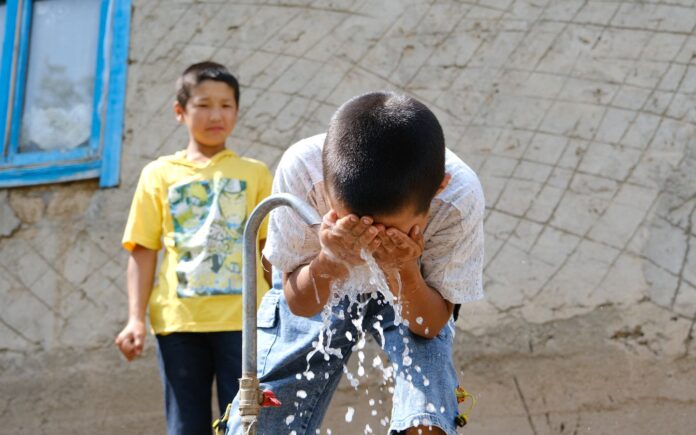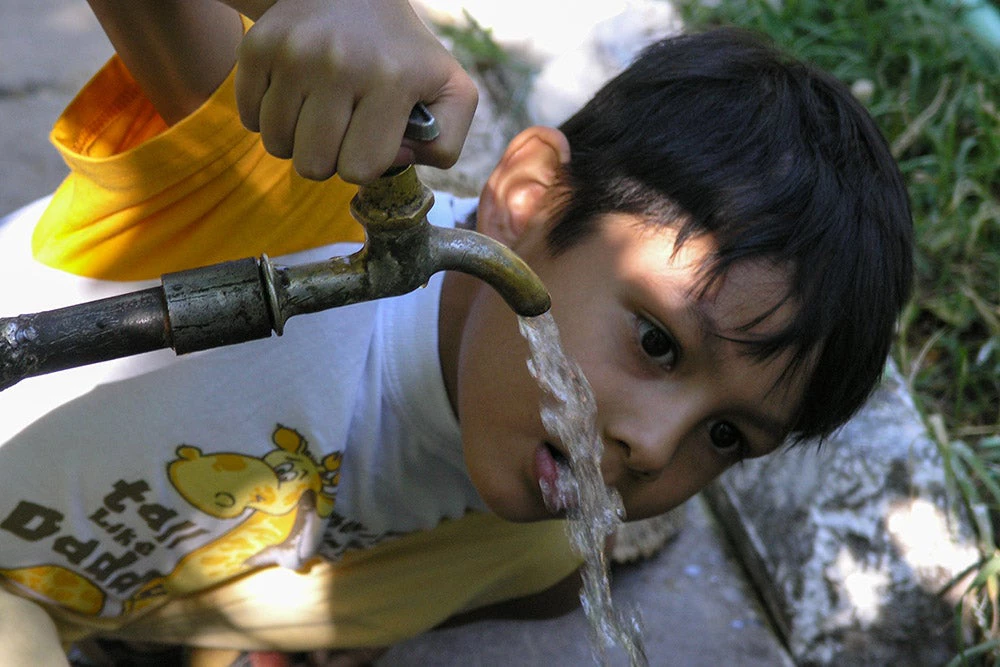Freshwater Shortage Worsens Worldwide
Earth is losing large amounts of freshwater, and the change is happening faster than scientists expected. Satellite data collected since 2002 shows that most countries are facing a net loss of freshwater. In fact, about three-quarters of the world’s population lives in 101 countries that have lost more water than they have gained over the last twenty years.
A study released in July 2025 reveals that massive “mega-drying” regions have formed across the Northern Hemisphere. These dry zones are expanding at a rate equal to about twice the size of California every year. They stretch across areas such as southwestern North America and Central America, Alaska and northern Canada, northern Russia, and from North Africa through the Middle East into Asia.
Researchers from Arizona State University say dry areas are drying out faster than wet areas are gaining moisture. This is a big shift from past patterns in the planet’s water cycle. The situation became worse around 2014-2015, when a strong El Niño event hit. Data from NASA shows that between 2015 and 2023, the average amount of freshwater stored on land dropped by about 290 cubic miles compared to 2002-2014 levels. That is around two and a half times the volume of Lake Erie.
Groundwater Loss at Record Levels
Much of this crisis comes from the overuse of groundwater. About 68% of all land-based freshwater loss is due to groundwater depletion. Experts now say that removing too much groundwater is adding more to sea level rise than the melting of Greenland and Antarctic ice sheets combined.
The study’s lead author, Hrishikesh Chandanpurkar, explained that glaciers and deep aquifers are like “ancient trust funds” of water. They should be tapped only in times of serious need, but instead, many regions are drawing from them continuously.
The hardest hit areas are farming regions. Out of all aquifers monitored worldwide, 36% are losing water at a rate faster than 0.1 meter per year. Around 12% are dropping by half a meter each year. In Iran, the Rashtkhar Aquifer has been falling by 2.6 meters annually this century. California’s Chowchilla Subbasin has been losing around one meter a year.
Impact on Food Production and Prices

Agriculture uses around 70% of the world’s freshwater. If groundwater depletion continues, food production will suffer. Researchers warn that stopping groundwater overuse without other changes could cut global cereal output by 10%. That would raise rice prices by about 7.4% and wheat prices by 6.7%, leading to an extra 24 to 26 million undernourished people, mostly in poorer countries.
Jay Famiglietti, the study’s principal investigator, said this is an urgent global issue and called for immediate coordinated action to protect water resources. He warned that overusing groundwater will lead to higher pumping costs, sinking land, and saltwater contamination in wells.
Farmers in dry regions are most at risk, as their already scarce water supplies are shrinking faster. Without changes, future generations may face severe food shortages.
Personal Analysis
This crisis is not a distant problem—it is already happening. The data shows that the loss of freshwater is not a short-term fluctuation; it is part of a longer trend that is accelerating. What concerns me most is the combination of climate shifts and human overuse of water. Even if rainfall patterns improve, the continued draining of groundwater means the loss is locked in for years to come.
Agriculture sits at the heart of the problem. Modern farming depends heavily on irrigation, and without smarter water management, the pressure on aquifers will only grow. This is not just about saving water—it’s about rethinking how we grow food, how we share water between nations, and how we prepare for the economic impact of higher food prices.
Governments and communities need to act now, because once deep groundwater is gone, it will take centuries to come back—if it ever does. The choice is between coordinated global action today or facing a future where water and food shortages spark conflict and instability.
Sources: unesco.org


